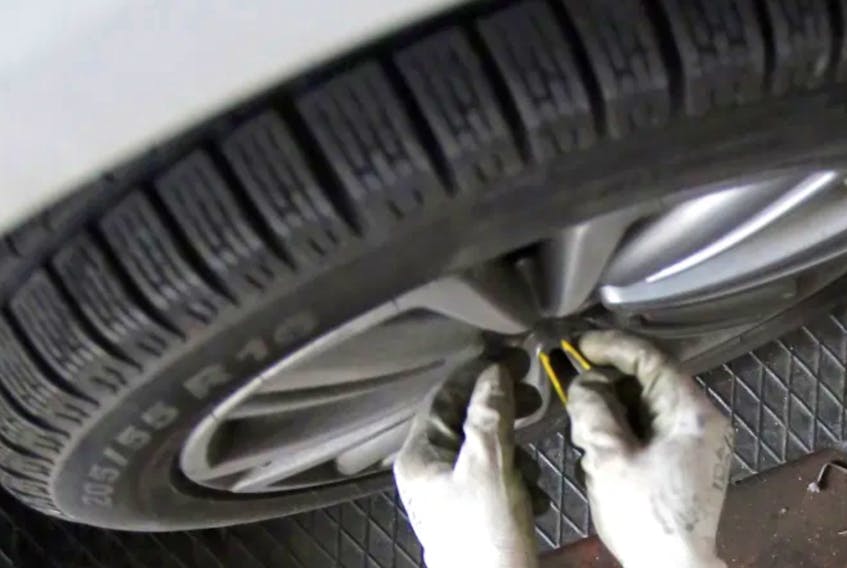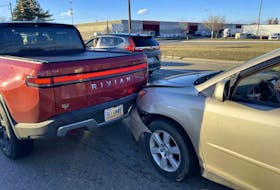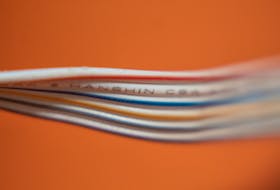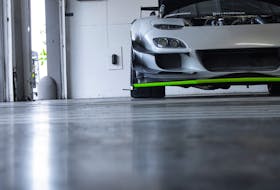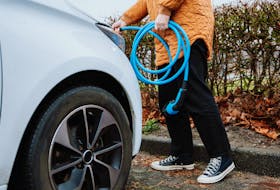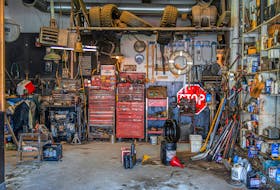Brian Turner
Driving.ca
Yes, we are smack dab in the middle of tire changeover season, and yes, if you already have four serviceable rubbers, switching from winter to summer boots is arguably non-essential during our current pandemic.
That being said, being forewarned is definitely a good idea when it comes to tires, and it can save you money. Whether or not you decide to visit your shop now for this service is up to you and your garage, providing you can meet all of the current health guidelines surrounding COVID-19 — lack of symptoms, physical distancing, etc.
What happens if I just wait?
If you absolutely need to drive, doing so for a few weeks, even a couple of months with snow tires during warmer weather won’t have a major effect on the wear of your winter boots. But if you’re a bit of a driving enthusiast, laying off the hard corners and jack-rabbit launches will help reduce the wear on those softer-compound snow tires. And if you’ve chosen to avoid your shop, along with other errands you’ve deemed non-essential, remember to check your tire pressure every few weeks — unless your vehicle has a tire-pressure monitoring system.
Inspect your tires before you switch
Most Canadians use both summer and winter tires, but most summers carry the ill-placed title of all-season, which is really only appropriate in places that see no snow. If your summer tires are stored at home, now is a good time to see if they’re ready for the season ahead. Wear or tread-depth is the first thing to inspect; most light-duty tires start off new with anywhere between 8/32 and 11/32nd inches of tread depth. Yes, it’s an unusual non-metric measurement system, but like it or not, it’s still in use. There are a variety of coins you can use to determine depth — how far the Queen’s head drops into the tread, for example — but the most accurate way is to use a proper tread depth gauge. If your local auto-parts retailer is temporarily closed, they’re available online as well, usually for less than $10.
Only measure tread at the wear bar indicators
All tires have them — they’re slightly raised rubber ridges that run across the tread face and are found at least five times around the tire. Don’t just measure in one spot per tire; take a number of readings at different locations around and across the tread’s face, and then do an average calculation. Anything below 5/32 should get you shopping for some new rubber. While measuring, also ensure the wear is even; any excessive wear on one side may indicate an alignment problem.
Separate wheels can save you money
Most shops treat (and price) tire changeovers as a rotation if both sets are mounted on their own wheels, costing anywhere from $20 to $40. If the winter tires have to be dismounted and the summers remounted on the same set of wheels, with balancing, that cost can quadruple. So, for an average vehicle, the annual costs can increase by around $200 before tax, if you’re using only one set of wheels. For most mainstream vehicles, a set of steel wheels can cost around $280, paying for themselves in less than two years in savings. The added plus is that your summer alloy wheels won’t be exposed to the ravages of Canadian winters, such as salt and gravel, meaning less pitting and peeling of the finish.
You might need an alignment
You don’t always need an alignment with seasonal tire changeovers, but after a hard winter, it’s a good idea to have a steering and suspension inspected to see if anything loosened up after all those potholes. Furthermore, any tire tech worth their salt will carefully inspect the tires coming off and the tires going on, for any abnormal wear that may warrant an alignment spec check.

